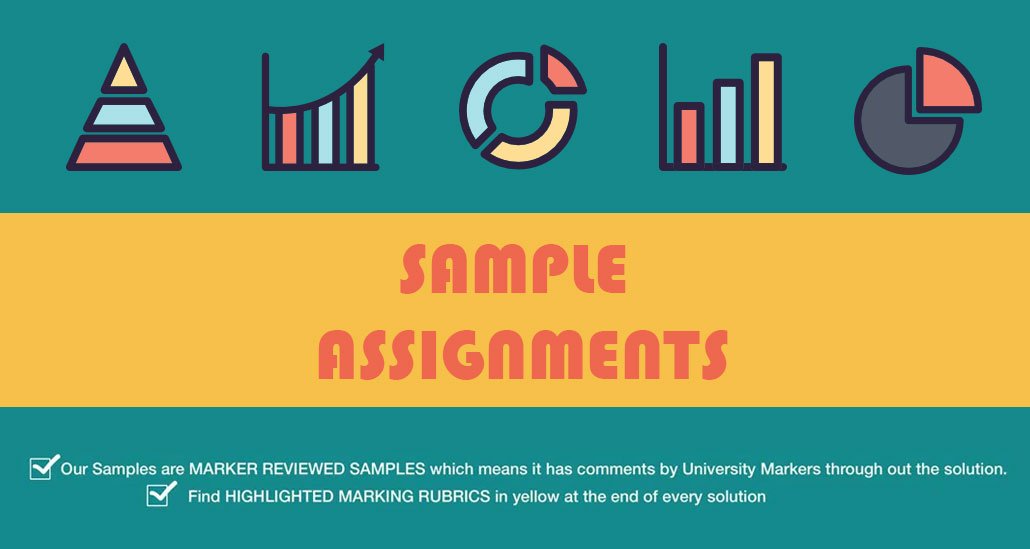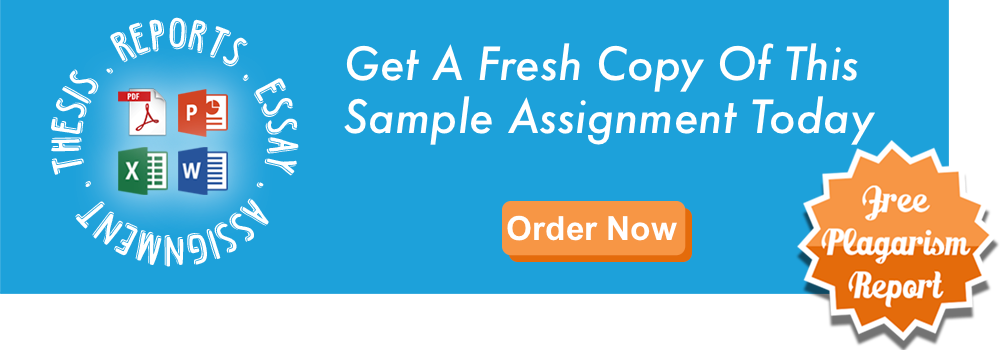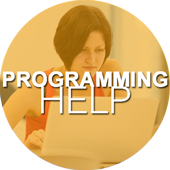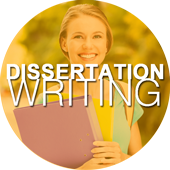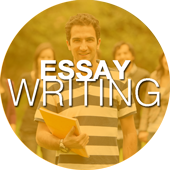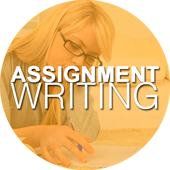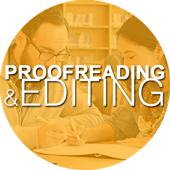You can download the solution to the following question for free. For further assistance in Education assignments please check our offerings in Education assignment solutions. Our subject-matter-experts provide online assignment help to Education students from across the world and deliver plagiarism free solution with free Turnitin report with every solution.
(ExpertAssignmentHelp do not recommend anyone to use this sample as their own work.)
Question
Create a technology-enhanced resource for teaching Probability (Chance)to children in upper primary years. You are encouraged to do this as a Webquest,Wiki or Wix. If you wish to use a different form of technology please consult with your lecturer. The task should build on the hypothetical learning trajectory described in Assignment 1, and may span another learning area such as science.
The primary aim of the resource is to create a technology-based learning environment that engages students in meaningful social interaction around significant mathematical concepts. It should embody aspects of generative task design discussed during the unit. It should not encourage an environment in which students are passive recipients of teacher knowledge.
Although there is no set length for this assignment it should cover a sequence of between 3 and 8 lessons. It should focus on the development of a relatively small but highly focused aspect of mathematics, with sufficient detail to make it clear how the resource enhances student learning.
Cross-reference the resource to relevant content descriptions in the Australian Curriculum: Mathematics. This should be done in the form of a teachers' page which described how the chosen activities will achieve the desired learning outcomes.
Note that a PowerPoint presentation is not acceptable. While PowerPoint files may be included as part of the resource they should be used sparingly.
You will use this resource and the feedback from it to inform the lesson play in Assignment 3. Where possible, you should develop a resource that can be used and assessed in one of your professional placement units.
Solution
Introduction
Technology has long since been recognized as a vital resource in the modern classroom. The relevance of social media tools, blackboards, and other digital instruments has been considered to engage the students, sustain interest, empower learning and introduce analytic thinking amongst the learners (Picardo, 2017). Furthermore, through the means of technology the textual concepts are supported through audio, visual and spatial resources, which further enhance the depth of comprehension amongst the learners, which subsequently leads to increased curriculum outcome. Across all subjects, mathematics continues to be a challenge amongst the educators, as they strive to discuss the application of the concepts, and make students understand the math behind the concepts. Through the course of this paper the application of the mathematical concepts of probability (chance) for the upper primary level children (foundation level-4) with respect to the Australian curriculum is discussed. This report addresses the application of the technology-based resources to actively engage the students, whilst they learn mathematical concepts, and their application.
Why use technology-based resources?
We are living in a digital world, where even the small children are becoming technologically competent. As a result, they are more familiar with the technology than their predecessors, and also more likely to be engaged in the activities that allows them a chance to use technology (Picardo, 2017). Meanwhile, comprehension of mathematical concepts, and teaching of its real-life application continues to be challenging for many educators. In this sense, Watson (1998) reflect that this could be attributed to the poor comprehension of the statistical background, and lack of probability training amongst the educators. However, through the use of the technology, these limitations can be reduced, where the focus towards pre-designed lessons, and assessment can enable educators to focus on the specific attributes of lesson plan. Furthermore, through the application of the technology the principles of EYLF (early year learning framework) with respect to the student respect and empowerment amongst others come in play (Picardo, 2017). As a result, technology-based resources is recognised as an effective inclusion to a lesson plan.
For complete solution please download from the link below
(Some parts of the solution has been blurred due to privacy protection policy)
Check all our academic help services


